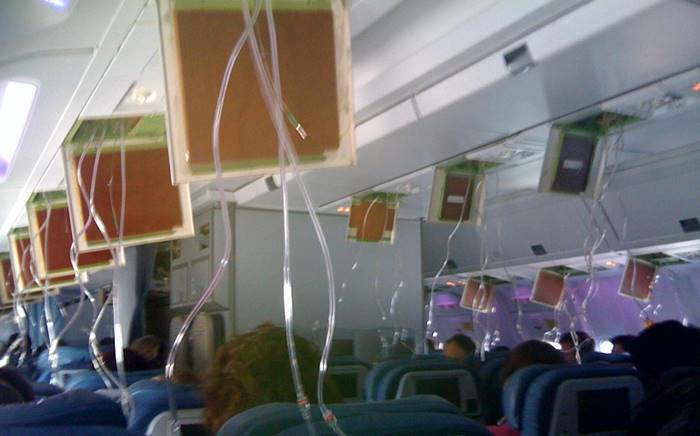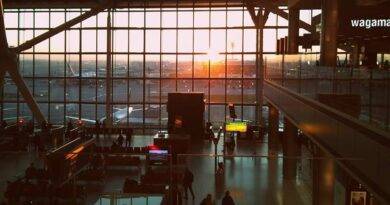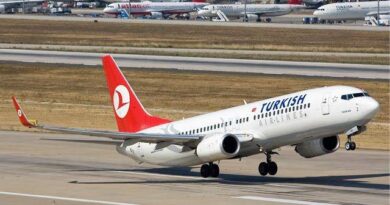Loss of Cabin Pressurization
Loss of cabin pressurization is a serious issue that can occur during a flight, and it poses a significant risk to the safety of passengers and crew members. This article will discuss the causes, effects, and preventive measures of cabin pressurization failure in aviation.
Causes of Loss of Cabin Pressurization
There are several reasons why a plane might experience a loss of cabin pressurization. The most common cause is a malfunctioning pressurization system. This could be due to a leak in the system, a failure of the pressure regulator, or a problem with the environmental control system. Another cause of pressurization failure could be a structural defect in the aircraft, such as a cracked window or door seal.
Effects of Loss of Cabin Pressurization
The effects of loss of cabin pressurization can be severe. At high altitudes, where the air pressure is low, the lack of pressurization can cause a rapid drop in the amount of oxygen available to breathe. This can lead to hypoxia, a condition where the body’s cells are deprived of oxygen. Symptoms of hypoxia include confusion, dizziness, and loss of consciousness.
Preventive Measures for Loss of Cabin Pressurization
To prevent cabin pressurization failure, aircraft manufacturers and airlines take several measures. Aircraft are designed and tested to ensure that they can maintain the required cabin pressure at high altitudes. In addition, airlines regularly maintain and inspect their aircraft to ensure that the pressurization system is functioning correctly. Pilots are also trained to recognize the signs of hypoxia and take appropriate action if necessary.
If a loss of CP does occur, pilots are trained to respond quickly and decisively. They will typically initiate an emergency descent to a lower altitude where the air pressure is higher. This will help to alleviate the effects of hypoxia on passengers and crew.

Conclusion Loss of cabin pressurization is a serious issue that can pose a significant risk to the safety of passengers and crew members. The most common cause of pressurization failure is a malfunctioning pressurization system, which can lead to a rapid drop in the amount of oxygen available to breathe. To prevent this from happening, aircraft manufacturers and airlines take several measures to ensure that their aircraft are maintained and inspected regularly. Pilots are also trained to recognize the signs of hypoxia and take appropriate action if necessary.
References:
- Federal Aviation Administration. (2017).
Retrieved from https://www.faa.gov/pilots/safety/pilotsafetybrochures/media/Loss_of_Cabin_Pressurization.pdf - Boeing. (2014). 777-200/-300 Airplane Characteristics for Airport Planning. Retrieved from https://www.boeing.com/resources/boeingdotcom/commercial/airports/acaps/7772sec1.pdf
- Airbus. (2017). A320 Family Flight Operations Briefing Notes. Retrieved from https://www.airbus.com/content/dam/corporate-topics/publications/safety-first/Airbus-Safety-first-magazine-issue-22.pdf


